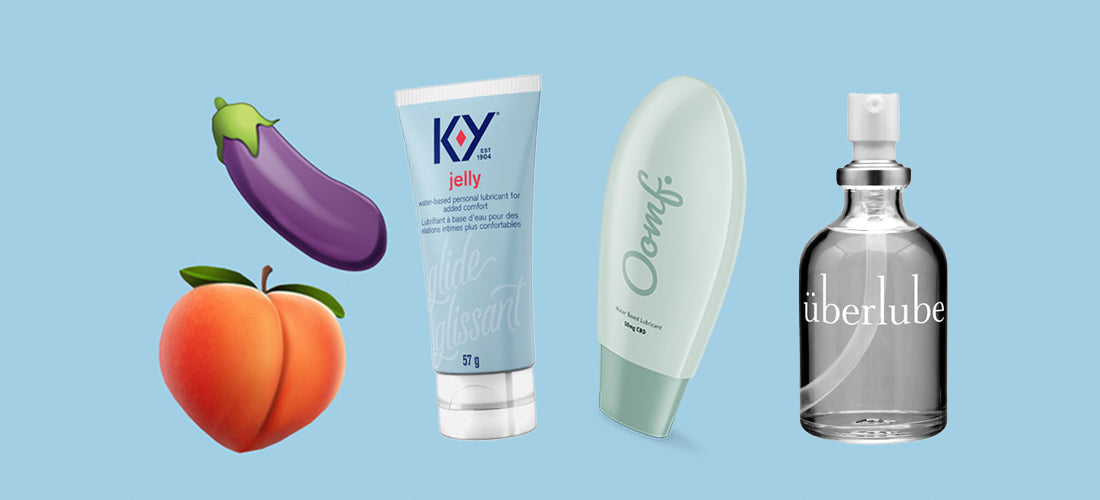
A Sexy Guide to Lube: What You Need to Know, Pt. 2
|
|
Time to read 3 min
|
|
Time to read 3 min
Welcome to the second installment of our comprehensive guide to lube! If you haven’t read part one on the different types of lube, we would recommend you do that.
In this section, we'll be discussing everything you need to know about choosing the right lube for you and your needs.
Choosing the right lube is important to ensure maximum pleasure and safety during any sexual activities. Here is where you can start.
When choosing a lube, consider factors such as skin sensitivity, type of sexual activity, type of condom or sex toy, and personal preference. For example, people with sensitive skin may prefer a natural or organic lube, while people engaging in anal sex may prefer a thicker and longer-lasting lube.
Before using a new lube, it is important to test it on a small patch of skin to check for any allergic reactions. Apply a small amount of lube to the inner forearm and wait for 24 hours to see if there is any redness, itching, or irritation.
Lube should be stored in a cool, dry place, away from direct sunlight and heat. It should also be checked for expiration dates and replaced if expired.
Using lube safely is important to prevent injury and reduce the risk of infection.
The amount of lube to use depends on personal preference and the type of sexual activity. A general rule of thumb is to start with a small amount and add more as needed.
Lube should be applied to the genitals, sex toy, or condom before sexual activity. It can be applied with the hands, directly from the bottle or tube, or with a brush or applicator.
Expert Tip: Lightly applying lube to a women's clit with a soft paint brush can be highly erotic.
Lube may need to be reapplied during sexual activity if it starts to dry out or if more lubrication is needed.
Lube can be easily cleaned up with soap and water or a wet wipe. It is important to clean sex toys and condoms thoroughly before and after use to prevent the spread of infections.
There are several common misconceptions about lube that should be addressed.
Lube can be used by anyone, regardless of age or health status. It can help to reduce friction during sex, making it more enjoyable for all partners.
This is false. In fact, using lube with condoms can help reduce the risk of breakage. It is important to use a water-based lube (not oil-based) when using condoms.
This is not true. Lube can be used for any type of sexual activity, including vaginal, oral, and manual. It can help reduce friction and make any type of sexual activity more enjoyable.
We wish but this is incorrect. Lube can make sex more comfortable and enjoyable, but it will not increase someone's sex drive.
Lube is an important part of sexual activities that can enhance pleasure and reduce discomfort. There are several types of lube available on the market, each with its own advantages and disadvantages. When choosing a lube, consider factors such as skin sensitivity, type of sexual activity, type of condom or sex toy, and personal preference. Using an all natural lubricant safely is important to prevent injury and reduce the risk of infection. Remember, lube is for all people who want to enhance their pleasure for themselves and their partners during sexual activities.